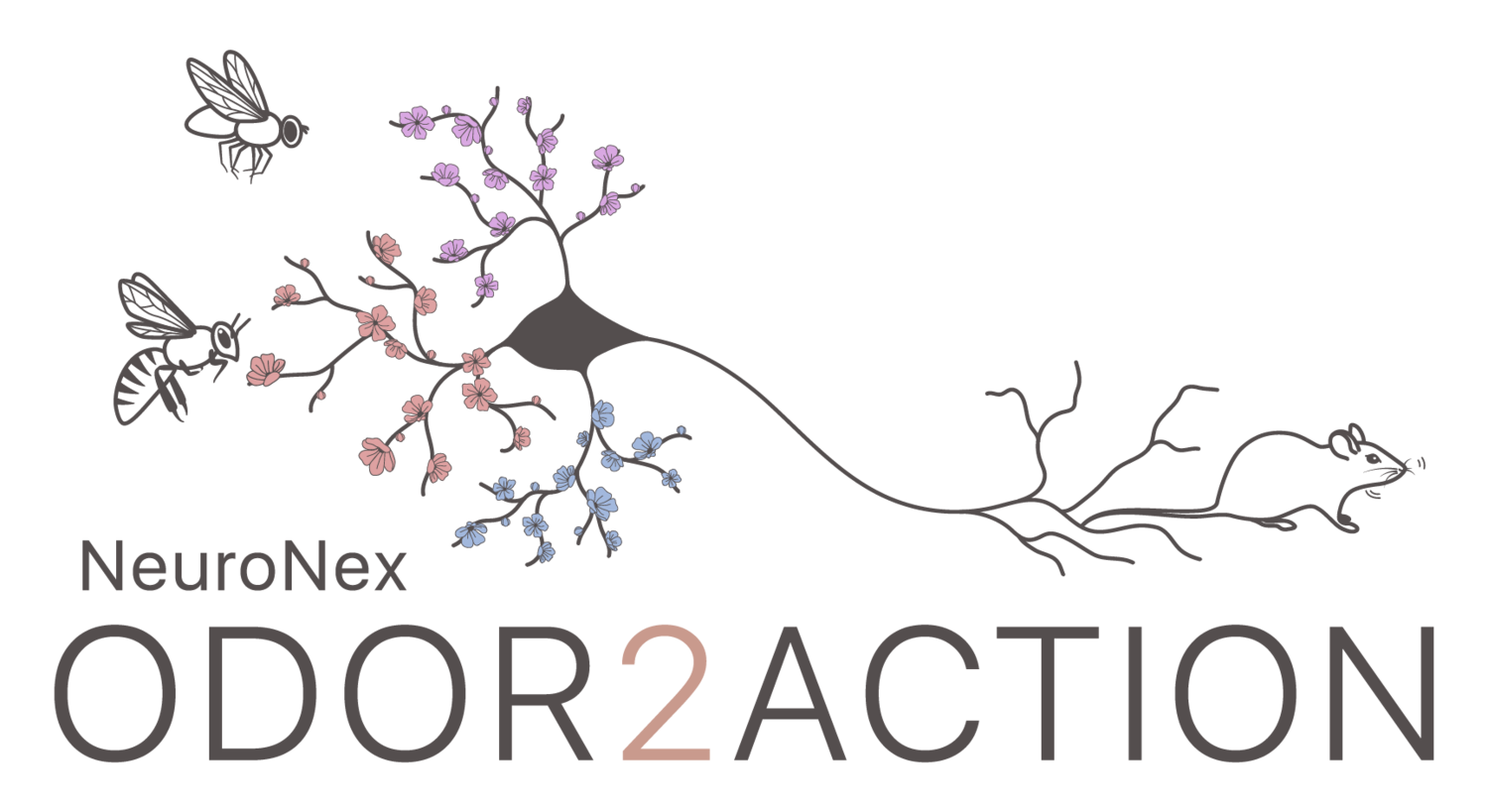Only the nose knows: New international network explores how odours lead to actions
17 August 2020
The University of Hertfordshire is part of a groundbreaking new international research network dubbed Odor2Action, led by CU Boulder. The work is aimed at understanding how animals use information from odours in their environment to guide behaviour, with far-ranging implications for our understanding of the human brain.
The network will examine all the steps involved in how an odour stimulus gets encoded by the brain and then activates the motor circuits to produce a behavioural response in an animal. They will combine work with mice and fruit flies with experiments in robots to make headway in understanding these same steps in humans.
The network is composed of three interdisciplinary research groups that form a loop in animal sensing and behaviour. The first is focused on theoretical mathematics and mapping to better understand how the characteristics of smells are encoded in the brain. The second builds on this and will determine how the encoded odours produce a behavioural response. The third group will investigate how this behavioural response alters the animals’ perception of the odour it is sensing.
Dr Michael Schmuker, Professor of Neural Computation at the University of Hertfordshire, commented: “My team at Hertfordshire will equip robots with bio-realistic models of the olfactory system of animals, and explore their role in odour-guided navigation. These robots will be controlled by so-called Neuromorphic Hardware, that has been developed to closely mimic computation in biological neuronal networks. The aim is to uncover principles of computation that govern our sense of smell. The knowledge gained can potentially be used for a wide range of applications, from environmental monitoring and disaster management, to medical treatments such as developing assistive devices for people with an impaired sense of smell.”
The network was announced as part of the Next Generation Networks for Neuroscience (NeuroNex) Program. Over the next five years, CU Boulder will be leading a distributed network of scientists from 16 prestigious institutions around the world to better understand the brain and its evolution by reverse-engineering how it interprets odours. The project is funded by a $20.2 million award from the National Science Foundation, the Canadian Institutes of Health Research and the UK Research and Innovation Medical Research Council.
John Crimaldi, lead principal investigator on the network and professor in the Department of Civil, Environmental and Architectural Engineering at CU Boulder said: “The chemical sensing process (i.e. smell) evolved in the very earliest life forms on Earth. The idea here is that all brain evolution has taken place in the presence of chemical sensing. And so it is thought to be a primal portal from which to view brain function.”
Crimaldi said smell is the least understood sense and that humans have struggled to replicate odor-based searches with machines. Doing so, however, would allow robots to take over treacherous duties instead of humans or dogs, unlocking a new area of advancement for autonomous systems. These robots could one day rescue a person buried in an avalanche, locate valuable natural resources, or find chemical weapons and explosives on their own, for example.
Partners include Caltech, Penn State University, Duke University, Salk Institute, University of Utah, University of Pittsburgh, NYU School of Medicine, McGill University, Scripps Research Institution, Arizona State University, Francis Crick Institute, University of Hertfordshire, Yale University and Weill Cornell.
Contact
Press Officenews@herts.ac.uk+44 (0)1707 285 770
Please note that some of the images and videos on our news pages may have been taken before social distancing rules in the UK came into force.

